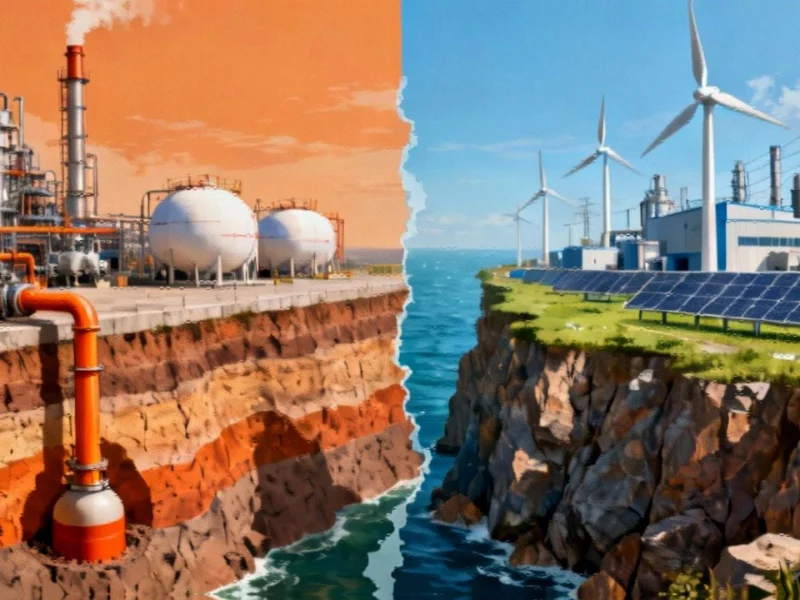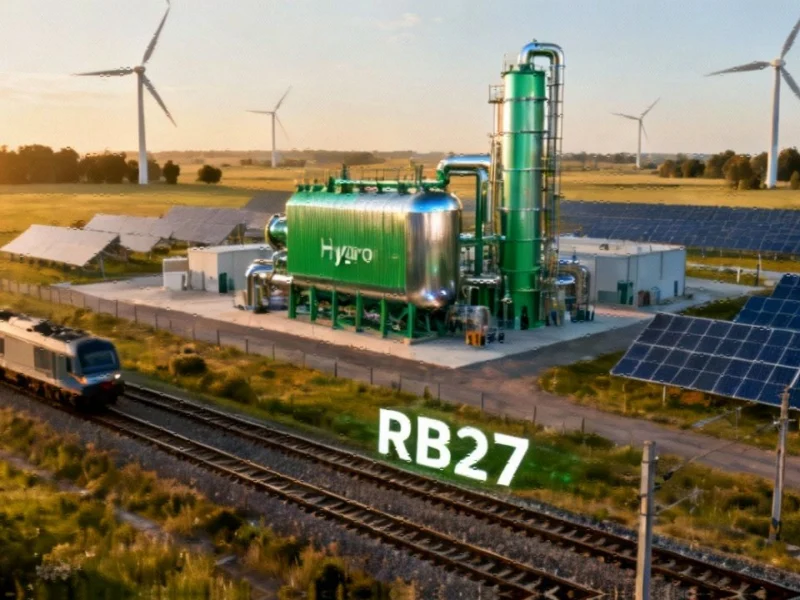The Coming Energy Divide
North American and European manufacturers are heading toward a fundamental energy divergence that could redefine industrial competitiveness for decades to come. While North America doubles down on its natural gas advantage, Europe is accelerating toward widespread electrification—creating two distinct manufacturing ecosystems with different cost structures, vulnerabilities, and opportunities.
This emerging divide represents more than just different energy preferences; it signals the creation of competing industrial models that will test which approach can deliver sustainable manufacturing growth while maintaining global competitiveness. The outcomes will influence everything from production costs to supply chain resilience across the Atlantic manufacturing landscape.
Geological Realities Shape Energy Destiny
The foundation of this energy schism lies in starkly different resource endowments. North America’s vast natural gas reserves have positioned the region as not only self-sufficient but as the world’s leading LNG exporter. This abundance creates a natural incentive to leverage gas as the primary manufacturing power source.
Europe faces the opposite reality, importing more than half of its natural gas needs. The region’s vulnerability became painfully evident following Russia’s invasion of Ukraine, which triggered supply disruptions and exposed the strategic risks of fossil fuel dependence. This experience has accelerated Europe’s push toward electrification as a matter of both economic and security necessity.
Price Signals Accelerate Divergence
Recent price trends have reinforced these divergent paths. European electricity prices have surged approximately 50% above historical averages, but natural gas prices have climbed even more dramatically—over 90% higher than previous norms. This disproportionate increase has made electrification increasingly attractive despite higher power costs.
Meanwhile, North America experiences the inverse scenario. U.S. electricity prices have risen about 40% above historical averages, while natural gas prices remain only 12% higher. This relative price advantage strengthens the case for gas-dependent manufacturing, creating what some analysts call a “permanent competitive edge” for energy-intensive industries.
These pricing dynamics are already influencing strategic planning among manufacturers who must weigh long-term energy costs against capital investment decisions.
Manufacturing Transformation Timeline
Consulting firm DNV projects that by 2050, European manufacturers will use nearly 30% more electricity than their North American counterparts. The share of electrified European manufacturers is expected to jump from 33% today to 48% by mid-century, while North America’s electrification rate will rise more modestly from 27% to 34%.
This transition will dramatically reduce European manufacturing’s gas consumption, with gas-powered factories dropping from 28% to just 11% of the total. North American manufacturers, meanwhile, will maintain their current 46% gas dependency through 2050, according to projections.
These shifts reflect broader global supply chain pressures that are forcing manufacturers to reconsider their energy strategies in light of both cost and reliability concerns.
Competitive Risks and Opportunities
Both pathways carry distinct advantages and vulnerabilities. North America’s gas-heavy approach benefits from:
- Price stability due to domestic resource abundance
- Existing infrastructure that minimizes transition costs
- Export opportunities through energy-intensive manufacturing
However, rising LNG exports could increase domestic competition for gas supplies, potentially driving up costs for manufacturers. Meanwhile, declining renewable energy costs could eventually make electricity more competitive, potentially leaving gas-dependent manufacturers with stranded assets.
Europe’s electrification strategy offers different benefits:
- Energy independence from foreign fuel suppliers
- Alignment with climate goals and regulatory trends
- Technological innovation opportunities in efficient electrification
The European approach faces challenges including massive grid upgrade requirements, potential electricity price volatility, and reliability concerns during transition periods. These infrastructure challenges mirror those faced in other sectors experiencing rapid digital transformation where legacy systems struggle to keep pace with new demands.
The Consumer Will Decide
Ultimately, market forces may determine which energy strategy proves more successful. With low shipping costs between regions, manufacturers with higher production expenses will face pressure from lower-cost overseas competitors producing similar goods.
Consumers typically choose based on price and quality rather than production methods, meaning that the most cost-effective energy approach will likely produce the most competitive manufacturers. This reality creates intense pressure to optimize energy strategies while maintaining product quality and meeting evolving supply chain requirements that increasingly prioritize sustainability.
Broader Industrial Implications
This energy divergence extends beyond manufacturing to influence broader industrial development patterns. North America’s chemical, steel, and other energy-intensive industries may enjoy sustained advantages, while Europe could lead in electrification technologies and energy-efficient manufacturing processes.
The split also reflects different approaches to technological innovation and infrastructure investment, with Europe prioritizing grid modernization and North America focusing on gas infrastructure expansion. These parallel development paths will create distinct ecosystems that may increasingly specialize in different types of manufacturing.
Looking Ahead
The transatlantic energy divide represents one of the most significant structural shifts in global manufacturing since the rise of Asian production hubs. While both regions pursue rational strategies based on their unique circumstances, the coming decades will reveal which approach delivers superior economic and environmental outcomes.
Manufacturers operating in both regions will need to develop flexible strategies that account for these diverging energy landscapes, potentially maintaining different production approaches for different markets. The companies that successfully navigate this energy schism will likely emerge as the industrial leaders of the mid-21st century.
This article aggregates information from publicly available sources. All trademarks and copyrights belong to their respective owners.



